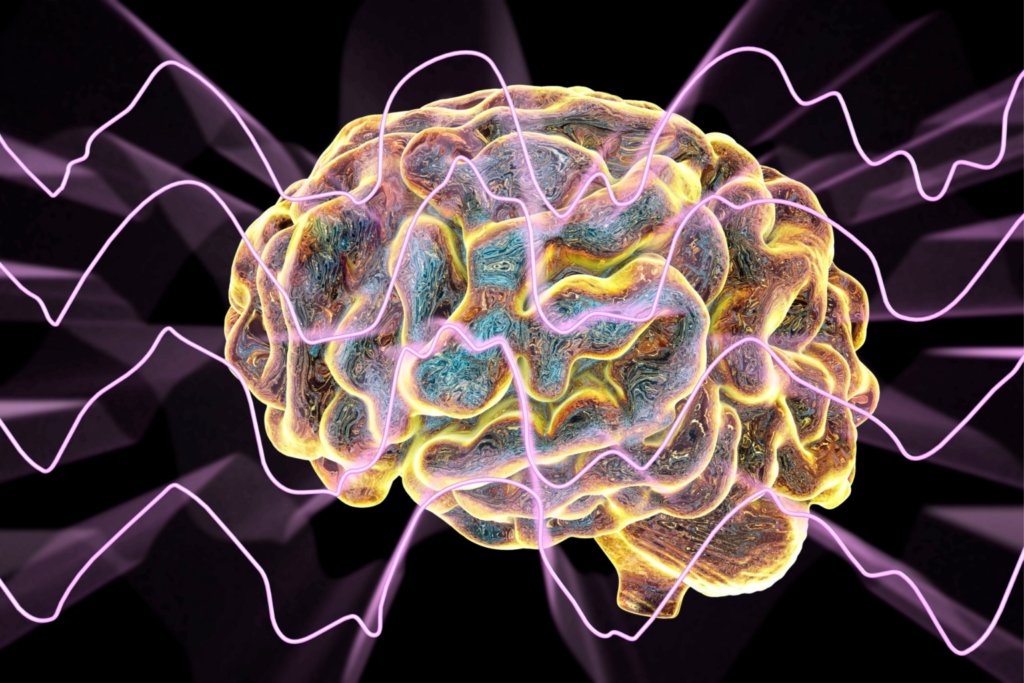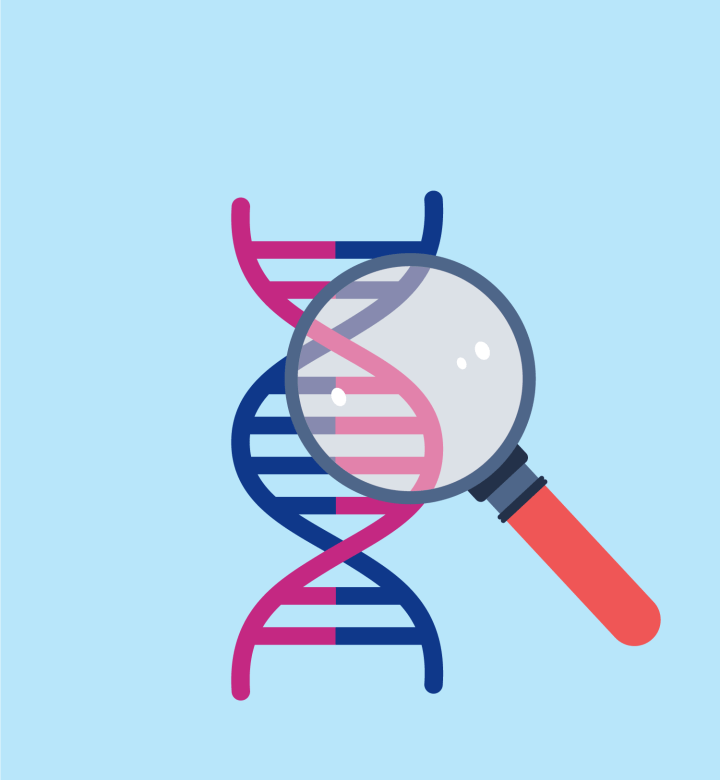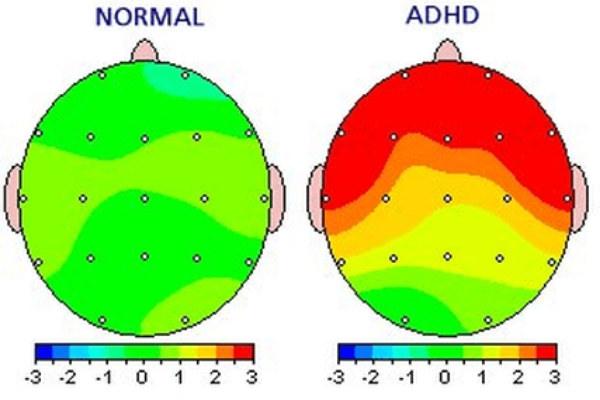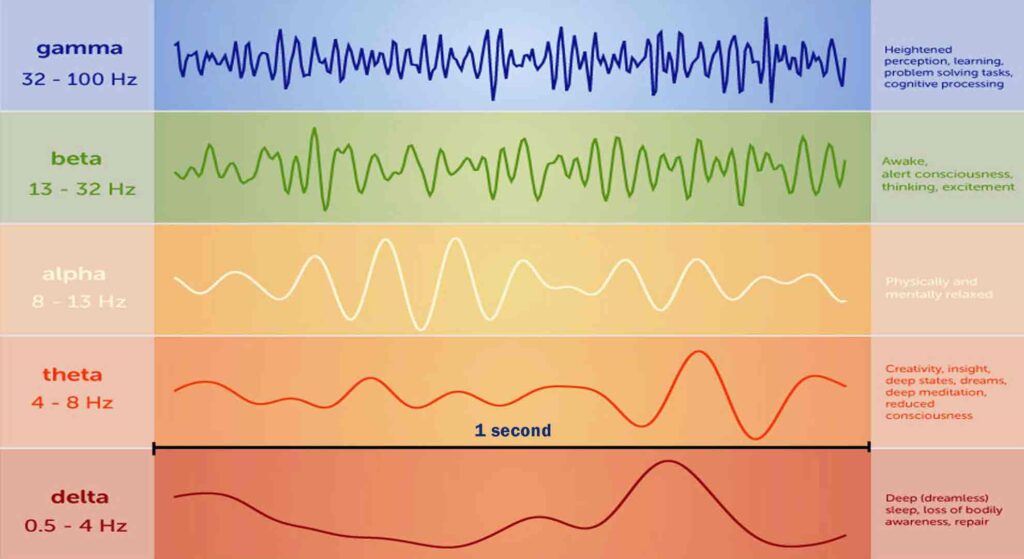Our Assessment Process
We use a three-part evaluation process to determine treatment:
- Cognitive behavioral function
- Brain function
- Physiological function

Neurocognitive Assessment (Cognitive-Behavioral)
- Assessing the integrity of cognitive functions
- Provides a baseline to monitor future changes in cognitive abilities, mood and personality

Neuroimaging: QEEG & ERP (Brain)
- Evaluates the integrity of cognitive functions
- Provides a baseline to monitor future changes in cognitive abilities, mood and personality
QEEG (Brain Mapping)
- Record & analyze cortical electrical activity in the brain
- Identify brain dysregulation & brain function abnormalities
ERP (Event Related Potential)
- Changes in brain voltage that are time-locked to sensory, motor and cognitive events
- Used to determine level of cognitive flexibility and reaction time (perceptual, memory & linguistic operations)

Genetic Testing (Biological)
- An epigenetic approach to optimizing gene expression
- Identify genetic vulnerabilities that impact health (brain and body!) such as:
- Healthy Heart
- Cognitive/Brain Function
- Energy
- Detoxification
- Gut/Microbiome
- Healthy Immune Response
- Healthy Inflammatory Response
- Methylation
- Mood
- Healthy BMI
We provide specialized assessment for ADHD. Research suggests 35% of ADHD diagnoses are incorrect. This highlights the imporance of differential diagnosis for attention and behavioral issues.
QEEG (quantitative electroencephalogram) and ERP (evoked response potential) are used to obtain a comprehensive assessment of the underlying brain mechanisms of ADHD. These assessments allow us to identify brainwave dysregulation that may be causing ADHD symptoms.
8 EEG PROFILES OF ADHD
Not all ADHD brains look the same! Research shows variations in activity in the brains of individuals with ADHD.
1. Frontal Beta Spindles: Approximately 1 out of 6 people with ADHD has the eeg profile. This eeg pattern often results in the typical hyperactive and inattentive presentation – the individual is bouncing off the walls and highly distractible.
2. Excessive Theta: This profile is seen more frequently in kids compared to adults. Behavioral manifestations include being easily distractible, making careless mistakes in school or at work, having a short attention span.
3. Theta-Beta Ratio: This profile is seen in 25%-40% of ADHD population. A high theta-beta ratio occurs when there is slowing in the central region of the brain. This typically results in significant distractibility.


4. Slowed Alpha: The hallmark of this profile is slowed peak alpha. When this is present, the brain’s processing rate is slower than other of similar age.
5. Excessive Delta: Excess slow frequencies are often the result of early life trauma (emotional and/or physical). This pattern typically results in hyperactivity and impulsivity.
6. Frontal Alpha: This pattern indicates disengagement of the frontal lobes. People with this profile often experience hypervigilance, lack of motivation, apathy, depressed mood, sleepiness, dysphoria.
7. Mu Rhythm: This profile is seen in 50% of people with ADHD. It indicates dysfunction in the mirror neuron system. People with this profile often appear to be “checked out”. This is due to frontal lobe disengagement. This pattern can impact the ability to comprehend and respond to the behavior of others.
8. Complex Types: This profile consists of a combination of eeg profile characteristics.




